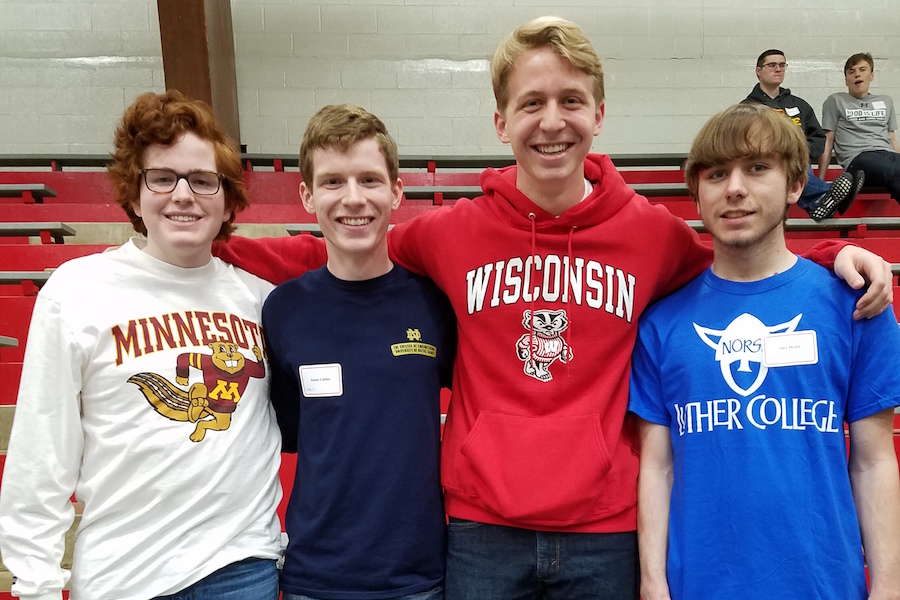Seniors receive recognition for solution to a real-world problem
Four seniors completed the Moody’s Mega Math Challenge by writing a paper solving an open-ended math problem.
The Moody’s Mega Math Challenge is an annual competition in which juniors and seniors spend a 14 hour period creating a math model to solve a real-world problem. This year, four BSM seniors received an honorable mention for their solution paper.
Every year, second semester arrives and seniors begin the infamous “senior slide” as they focus solely on being able to skip their finals. However, for a few Red Knights, “sliding” is a fictitious word in their vocabulary. Seniors Alec Johnson, James Libbey, Alex Hyjek, and Matt Nyberg entered Moody’s Mega Math Challenge, a mathematical modeling contest for high school juniors and seniors throughout the country, which involves solving a mathematical problem. Beginning in 2006 in the New York City area, Moody’s Challenge has spread nationwide, awarding scholarships ranging from $1,000 to $20,000 to the top teams.
While each year the mathematical problem varies from higher educational costs to the cost of living a nutritious lifestyle, this year’s problem focused on the environment. “The topic this year involved building a model that determined sea level change in five different national parks in the U.S., assigning a ‘climate vulnerability score’ to these parks based on a number of climate-related events, and predicting the long-term changes in visitors for each park based on the vulnerability score,” Johnson said.
Although none of the seniors had competed in an event similar to that of Moody’s prior to the challenge, the four competitors share a passion for math and interest later on in their life. “I hope to do something related to math (either in business or computer science), and I’m sure that this will be the first of many projects where I have to develop a math model and explain my thought process in a formal essay,” said Johnson.
Throughout the entire process, the group had to collect enough information to then write an analytical essay explaining their reasoning. During their extensive research in the period of fourteen hours allotted to collaborate, challenges arose. “It was hard to stay focused for the entire time. We had to take a lot of breaks, and even then it’s hard to work on the same problem for so long,” Hyjek said.
Although the hours were monotonous, Johnson, Libbey, Hyjek, and Nyberg were able to come together and enjoyed creating a successful model in the competition. “I liked working with our team; it was a cool experience to get together and all work on the same problem, share ideas, and it was a pretty fun experience that you don’t get with most projects in school,” Hyjek said.
While all four do not have intentions to pursue mathematical data and applying systems of equations to the real world, Moody’s Math Challenge prepared them for life beyond high school and later on in life. “For me, I learned how to create models from data which will be useful later on as I pursue STEM fields in college. It was also interesting to write a cohesive paper [in] organization with four different people who think different than one another. It will really prepare me for future collaborative projects in college,” Nyberg said.




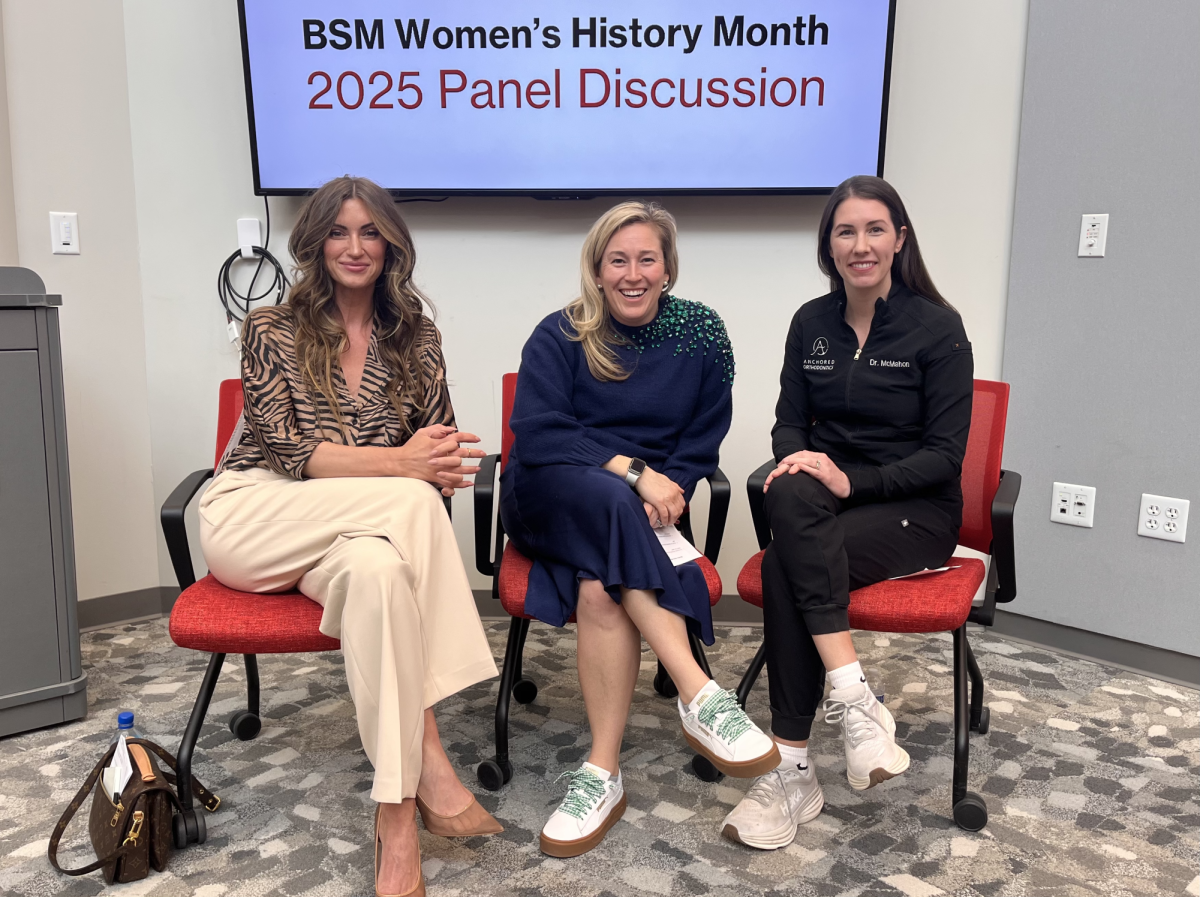
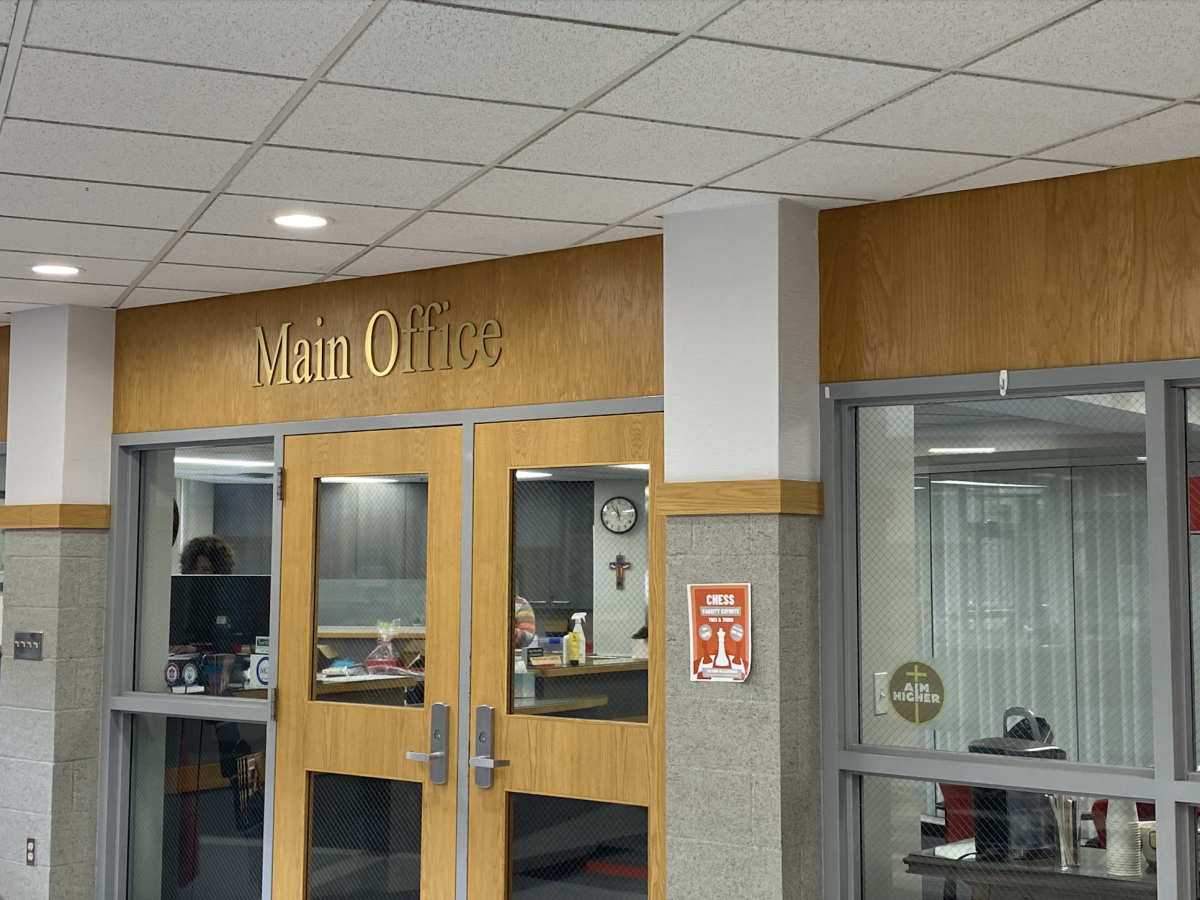
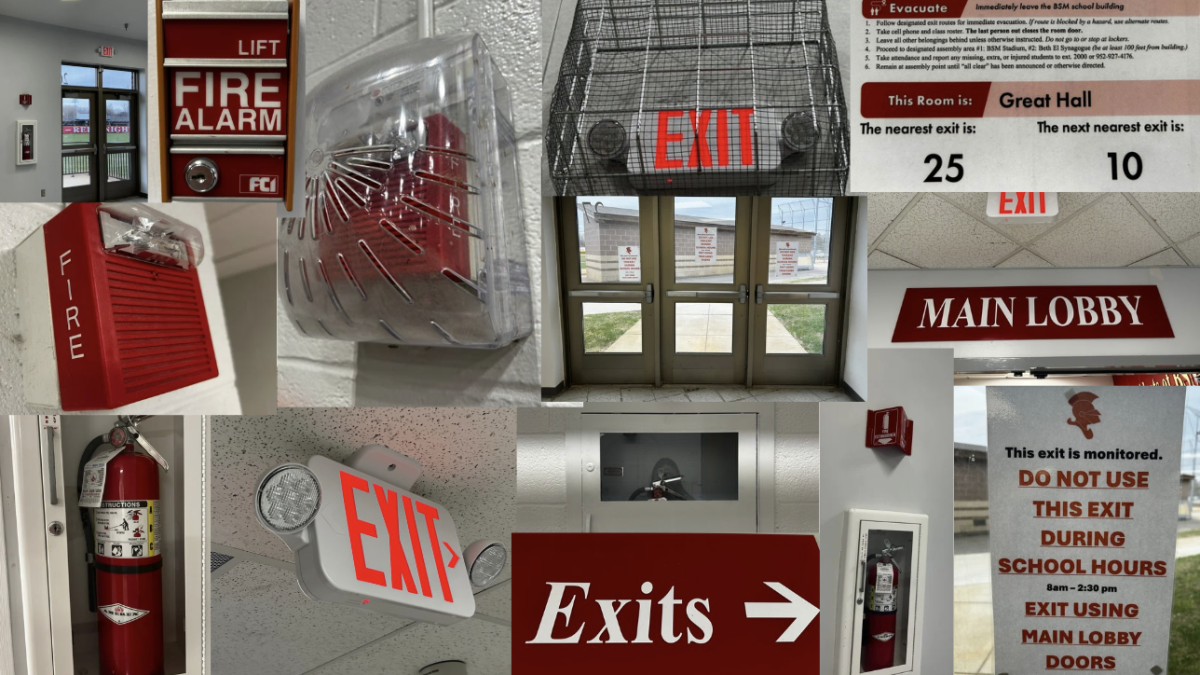


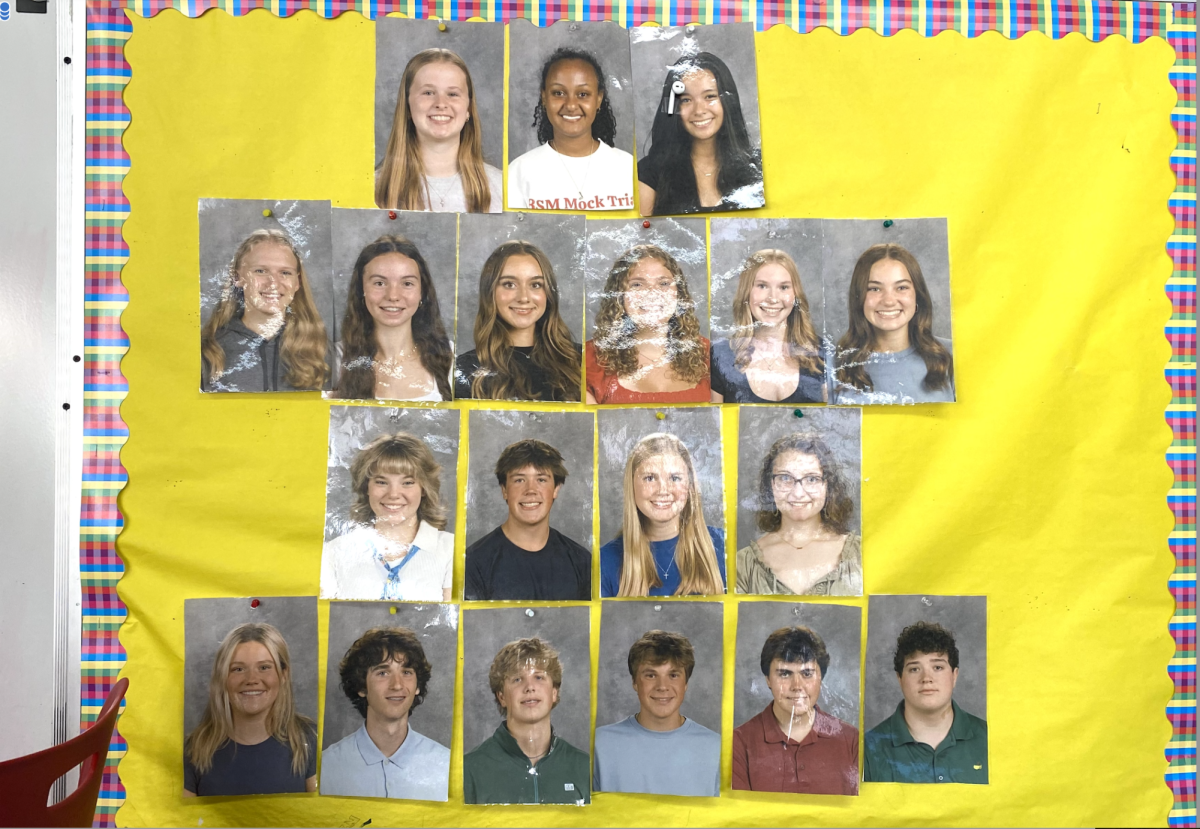
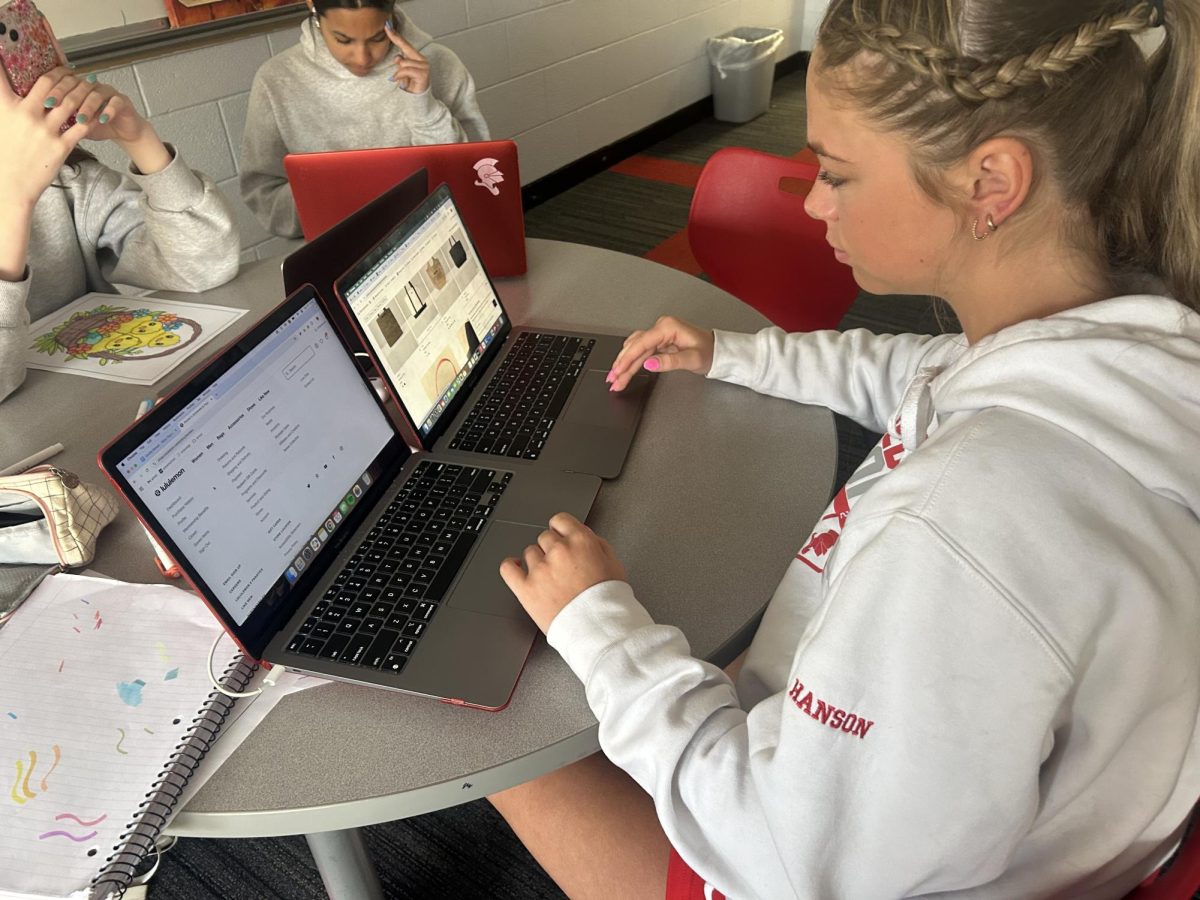














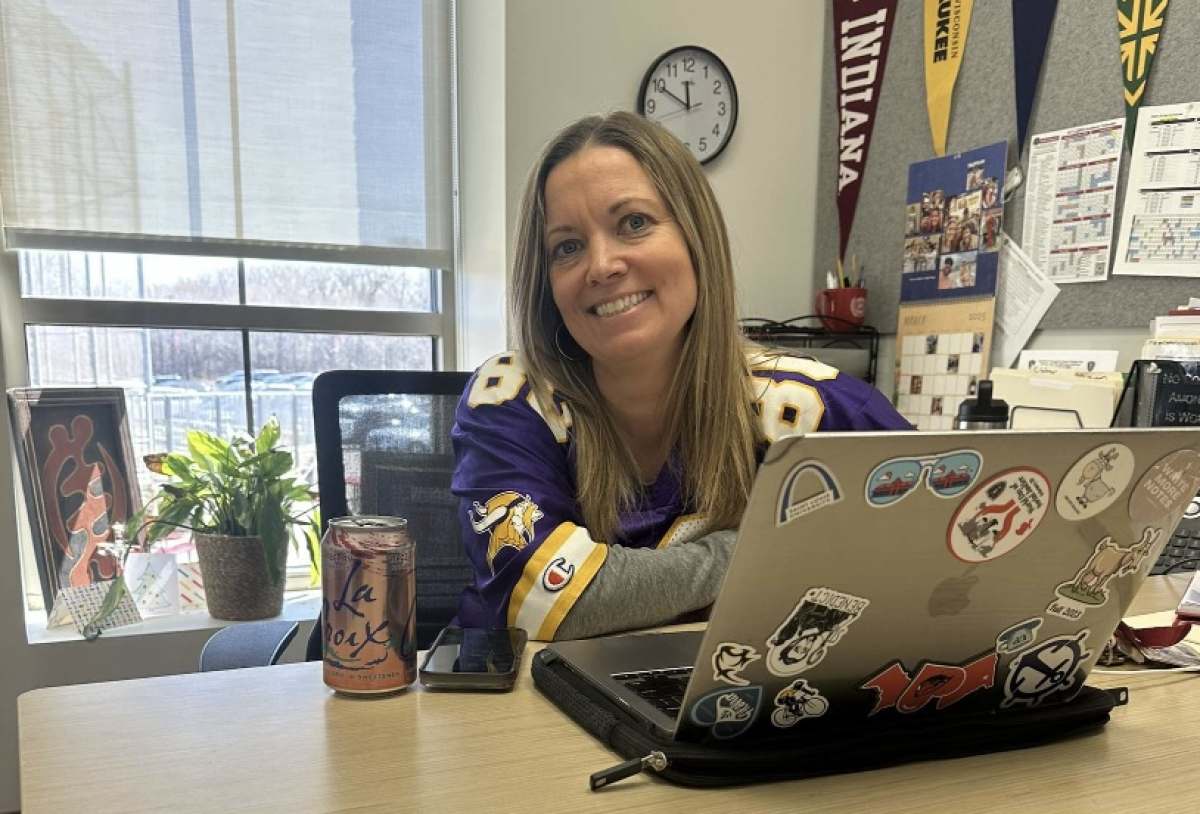










![Teacher Lore: Mr. Hillman [Podcast]](https://bsmknighterrant.org/wp-content/uploads/2025/03/teacherlorelogo-1200x685.png)




